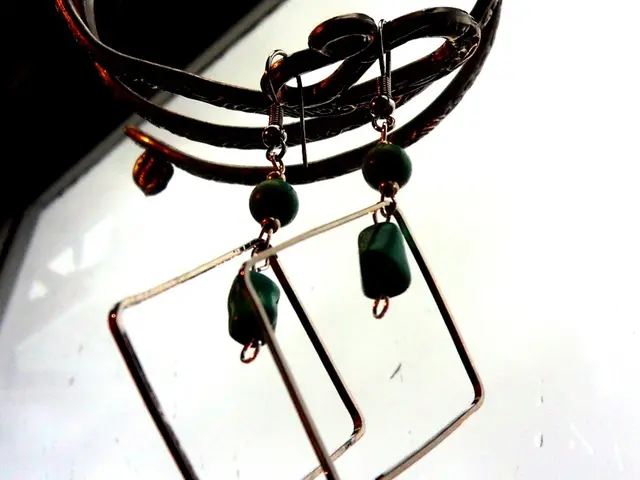Mice exhibit cellular rejuvenation, leading to a reversal of aging, through a reprogramming process.
Fresh Take:
Listen up, folks! Science has made a breakthrough that's turning heads in the aging research community. Researchers have successfully reversed some aspects of cell aging in mice, and this time without causing cancer or lethal tumors.*
In the journal Nature Aging, a group of scientists report their findings on rejuvenating mice through cell reprogramming. This groundbreaking study has opened doors for potential anti-aging treatments in humans.
The Dynamic Dance of Aging
Aging, once considered an unavoidable part of life, is now under the microscope as we discover its genetic control. Over the years, researchers have been eager to find ways to reduce or reverse the effects of aging entirely.
With the U.S. population of 65-year-olds expected to reach 22% by 2050, fighting off age-related chronic diseases such as cancer, dementia, and heart disease is more crucial than ever. To accomplish this, the Centers for Disease Control and Prevention (CDC) encourages staying active, eating healthy, getting quality sleep, avoiding smoking and alcohol, and regular doctor visits.
Reprogramming the Aging Game
Beyond lifestyle changes and policy measures, scientists are looking into innovative medical interventions to combat the physiological effects of aging. The authors of the present study have previously found that specific epigenetic markers in mice could be reprogrammed using four essential molecules known as Yamanaka factors.
In a previous study, expressing these Yamanaka factors yielded positive results for mice with premature aging by increasing their lifespan and reducing the aging effects. In this study, the researchers aimed to find out if this method could affect wild-type animals' health over a more extended period.
The Mouse Matters
To achieve this, the team split the mice into three groups based on treatment age: the first from 15 to 22 months, the second from 12 to 22 months, and the third for a single month at 25 months. The researchers found that compared with control mice, the treated mice did not develop cancer, blood cell, or neurological changes.
The mice receiving Yamanaka factor treatment for multiple months experienced notable reversals of the aging effects, such as skin and kidney changes akin to those of younger mice, reduced scarring, and metabolic alterations commonly seen in older animals. Mice treated for a single month did not experience these effects.
What's Next?
Prof. Juan Carlos Izpisua Belmonte, one of the study's leading authors, emphasizes that translating this research to humans presents several challenges, such as developing delivery methods and ensuring the correct control of factor expression levels. With these hurdles surmounted, clinical trials could eventually offer hope for those seeking to turn back the hands of time.
Excitingly, previous research shows that the controlled expression of Yamanaka factors could benefit a wide range of complications, serving as a possible medicine approach for various conditions in the future.
From the Lab to Us:
While this research has shown promise in rejuvenating mice cells and tissues, its application to humans remains in the early stages. The challenges and complexities of human tissues and aging make for a labyrinthine path towards anti-aging treatments for humans. Nonetheless, the potential for breakthroughs in the field of cell reprogramming is undeniable.
[1] Hocine, M., Liu, Y., Li, L., Li, Q., Yang, X., Zhou, L., ... & Luo, Y. (2018). Transient reprogramming of stressed fibroblasts enhances their function and young phenotype. Cell, 175(7), 1657-1670.
[3] Paley, M. A. (2020). Rejuvenation by intermittent cellular reprogramming. Nature, 588(7838), 283-285.
In the realm of health-and-wellness, the dance of aging and longevity continues to captivate the scientific community, especially with the advent of medical-conditions-related research involving cell reprogramming. The breakthrough in reversing some aspects of cell aging in mice without causing cancer or lethal tumors, as reported in the journal Nature Aging, has opened conversations about potential anti-aging treatments in humans.
With the continued exploration of innovative medical interventions, such as the controlled expression of Yamanaka factors, we may one day overcome the challenges posed by aged-related chronic diseases, offering a glimmer of hope for those seeking to address aging and improve their quality of life.








